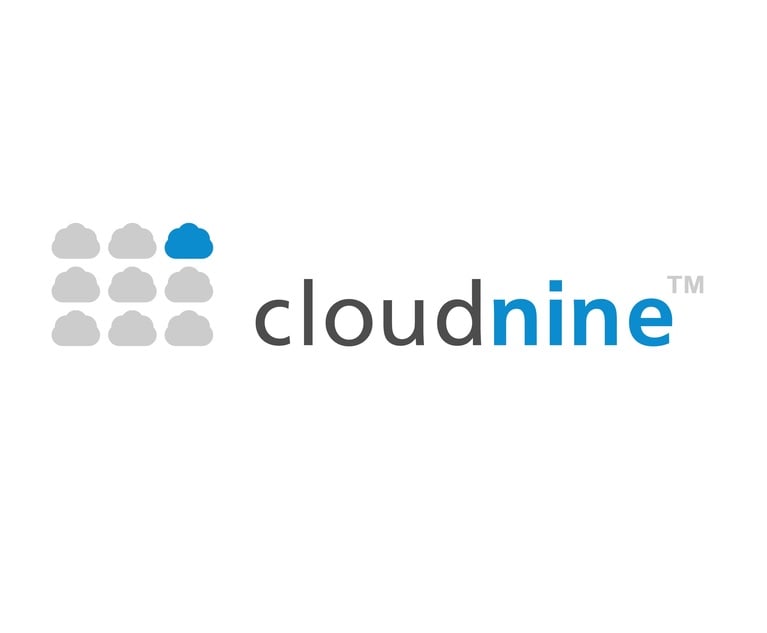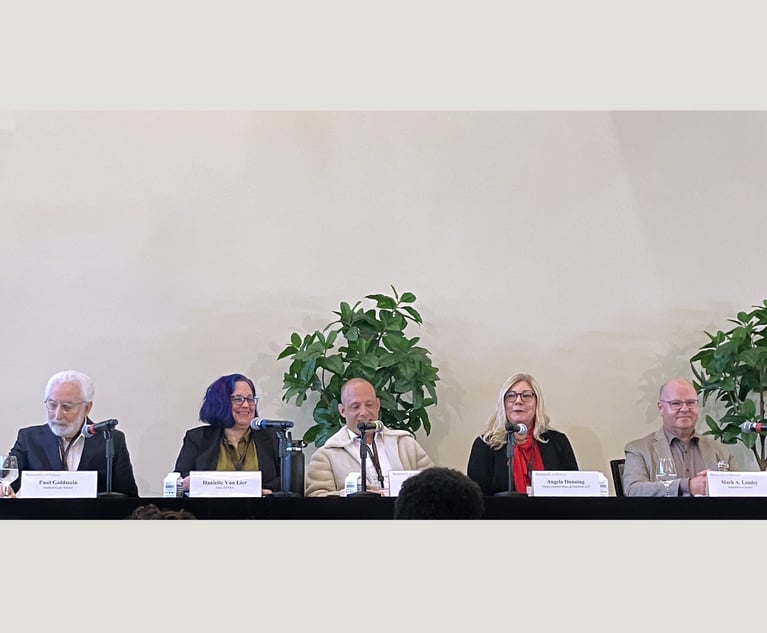For nearly a decade, Federal Rule of Evidence 502(d) has provided a straightforward procedure for litigants to safeguard privileged information against waiver by inadvertent disclosure. Properly drafted Rule 502(d) orders eliminate the need for a party claiming the privilege to show that a disclosure of information protected by the lawyer-client privilege or work product doctrine was “inadvertent” as a matter of law. Instead, the party simply demands that adversaries return or destroy the mistakenly produced materials.
Despite the straightforward nature of this procedure, some courts have placed additional burdens on litigants to obtain Rule 502(d)’s protections. Other courts have misused Rule 502(d) to force preserving parties into so-called “quick peek” arrangements. Left unabated, these trends could weaken the rule’s provisions, which were enacted to reduce the expense, hassle, and risk of litigating over inadvertent disclosures of privileged ESI.







